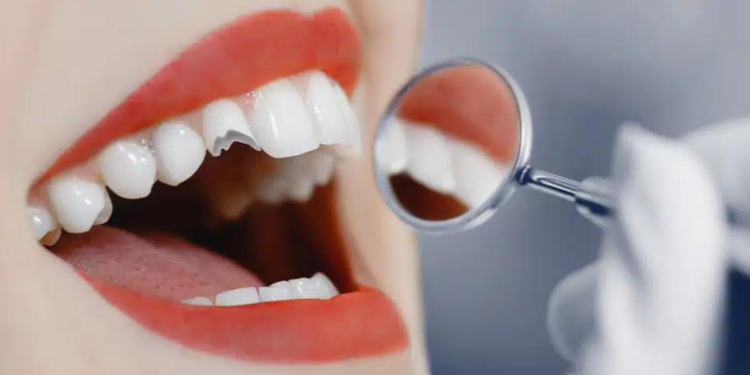Tooth breakage is one of the most significant losses that some of you may suffer. Now the question is, what causes your teeth to break? There are many reasons behind it, such as cavities, the habit of grinding teeth, age factor, and lots more. Whenever you feel any pain or sensitivity in your tooth, then it is good to consult with your dentist. They may recover the condition and protect your tooth from being fractured. In this guide, we will discuss the causes and symptoms of tooth fracture. Let’s discuss all of these queries in detail.
What Parts of Tooth Can Break?
There are basically two parts of human teeth. The first one is the crown that can be seen clearly above the gums, and the second part lies below the gum, which is sometimes also called the root of teeth. These parts form different layers, such as:
- Enamel
- Dentin
- Pulp
The first layer is a hard protective layer on the top of teeth that protects your white pearls from different types of complications. The second layer is the middle layer, and the third one is the last layer, which consists of soft tissues and nerves.
Breakage of the tooth can happen in one or all layers of the tooth. Treatment of the fracture depends upon how deep the fracture occurs. That’s why it is essential to consult a doctor when you feel any pain or sensitivity in your white pearls.
What Causes Your Teeth To Break?
There are many reasons behind this dental problem. Some of them are mentioned below:
The first and foremost factor is age. As you get older, your chances of tooth breakage increase due to the weakening of the hard layer of the tooth. Sometimes, tooth breakage occurs when you bite some hard foods, such as when you are in the habit of crunching ice.
The reason for grinding teeth is also one of the reasons behind the tooth breakage. Tooth grinding also leads to many other dental problems. The dental filling or root canal is also sometimes the culprit of tooth breakage. Due to the tooth-filling process, it becomes weak.
What Are the Symptoms of Cracked Tooth?
Now the question is how one can observe the fractured tooth or what type of symptoms they feel. The most important symptom is pain that comes and goes after a specific time period. Sensitivity is also one of its basic symptoms. Swelling around your tooth is also a sign of tooth breakage.
How Does The Professional Dentist Diagnose The Fracture Tooth?
In order to diagnose tooth breakage, it is important to discuss all symptoms and causes with your professional dentist. They may ask some common type of question from you, such as what trauma and injury you may have experienced. After certain types of queries, the dentist will:
Do a deep analysis of your teeth in order to know precisely at which location the tooth damage or breakage occurs. During the proper observation of your white pearls, you’ll be asked to bite down on a stick to find any pain sensations. Your teeth will then undergo scrutiny for crack lines, and a close inspection of your gums will be conducted to identify potential inflammation, especially if vertical fractures are present, as they may cause irritation.
After this, some source light is used to illuminate any breakage in the tooth properly. For this purpose, a particular technique known as transillumination is used.
Additionally, a staining dye will be applied to your tooth to increase the visibility of the location of the crack. For a more detailed analysis, particular types of X-rays will be taken to find fractures and associated complications, such as bone loss. This type of imaging process is known as three dimensional scan. Finally, specialized tools, including periodontal probing instruments, will be utilized to pinpoint the exact location of the crack by assessing if the tools catch onto it during the examination.
Final Words: What Causes Your Teeth To Break?
Teeth breakage involves different types of reasons such as age, teeth grinding habits, chewing ice, etc. If you want to increase the lifespan of your teeth, then always follow good oral hygiene habits. It involves eating a healthy diet, regular brushing and flossing, etc.




